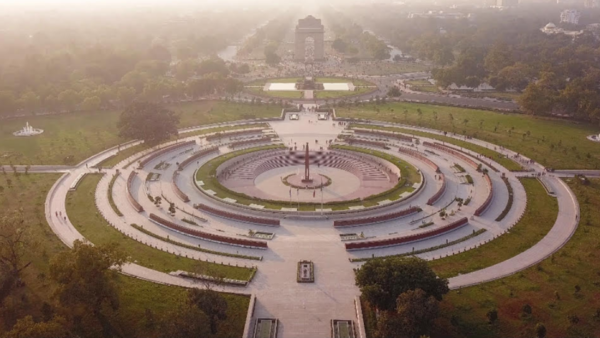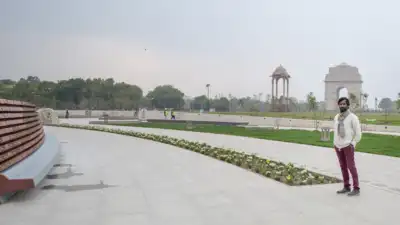Designing National War Memorial in Delhi was an emotional journey: Chennai-based architect | Chennai News – Times of India

CHENNAI: Every evening at sunset, the lights are switched on with a special remembrance ceremony at the National War Memorial, New Delhi. The family of one of the 25,000 martyrs is invited to lay a wreath in their memory, in the innermost sanctum. “This ceremony was something we never planned. It evolved over the years, but it has turned out to be the most emotional part of the whole journey,” says Chennai-based Yogesh Chandrahasan, principal architect, whose firm designed the memorial. Yogesh spoke recently as part of Museum Day celebrations at the DakshinaChitra museum, where he mentioned how it was the thought process they pitched, more than the architectural elements, which won them the design contest which had 450 final entries from across the country.“I’ve attended a few of the evening ceremonies, which are closed to the public. Some families raise slogans, some remain silent. At times, a mother or someone dear to the martyr holds my hands and breaks down; it wasn’t just a building project for me.”The memorial, which was built in 2017, contains name plates of nearly 25,000 Indian soldiers who lost their lives in the post-independence wars and operations including the Indo-China and Indo-Pakistan wars. “Another 3,000 tablets have been left blank, for future martyrs.”The inspiration for the entire project, says Yogesh, were the words of Captain Vikram Bhatra, an Indian Army officer who was posthumously awarded the Param Vir Chakra. He had stated before leaving for the Kargil war that he would surely be back, “either hosting the tricolour or wrapped in it.” “Memorials are generally considered a place of death and mourning, but we wanted it to be a place where the martyrs come alive, which is why we proposed the idea of rebirth as the theme.”The idea was initially met with hesitation as it’s an essentially Hindu concept, but the soldiers are reborn here metaphorically, not in a physical or religious sense, says Yogesh.

National War MemorialThe memorial is structured as four concentric circles with an “eternal flame at the centre” which never goes off, and that is perceived as the centre of rebirth.” The four circles symbolise protection, sacrifice, bravery and rebirth, and each has its own significance. The first, for example, stands for the line of control and is created using 700 trees, which represent the soldiers who stand guard at the point day and night.“The trees also control the microclimate during summers; while the circle of sacrifice is made with red stone signifying the blood shed for the country,” he says. Stories of various battles have been added as murals, which add an artistic layer to the structure. “I didn’t want it to be just another memorial, but one where visitors can connect to the soldiers as people, where certain emotions are evoked at every level.”
















